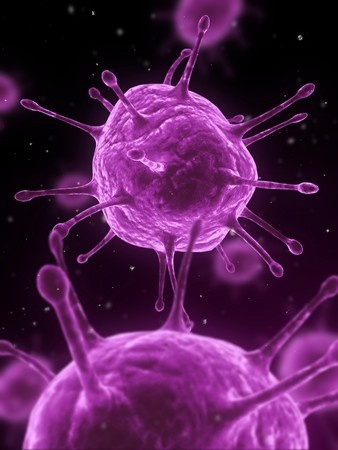This weekly feature of STAOblog brings you a sampling of the latest science news sorted by curriculum strand. Use these items to enrich your class discussions and engage your students.
Share your favourite Science News “gems” by emailing them to staoblog@stao.org.
 Biology
Biology
The healing powers of poop are now available in pill form — and a new study has found that just two days of the treatment can cure a dangerous infection that kills 14,000 Americans per year. D-brief | DiscoverMagazine.com
Ebola Spread Shows Flaws in Protective Gear and Procedures
A Spanish nurse who contracted the virus is just one of hundreds infected while battling the deadly disease, often with substandard equipment and safety protocols. Scientific American.
Nurses reveal gaps in Ebola preparedness in Ontario hospitals
 Chemistry
Chemistry
Ability to See Single Molecules Gets Chemistry Nobel
 Physics
Physics
Is matter falling into the massive black hole at the center of the Milky Way or being ejected from it?
 Earth and Space Science
Earth and Space Science
Icebergs once drifted to Florida, new climate model suggests




